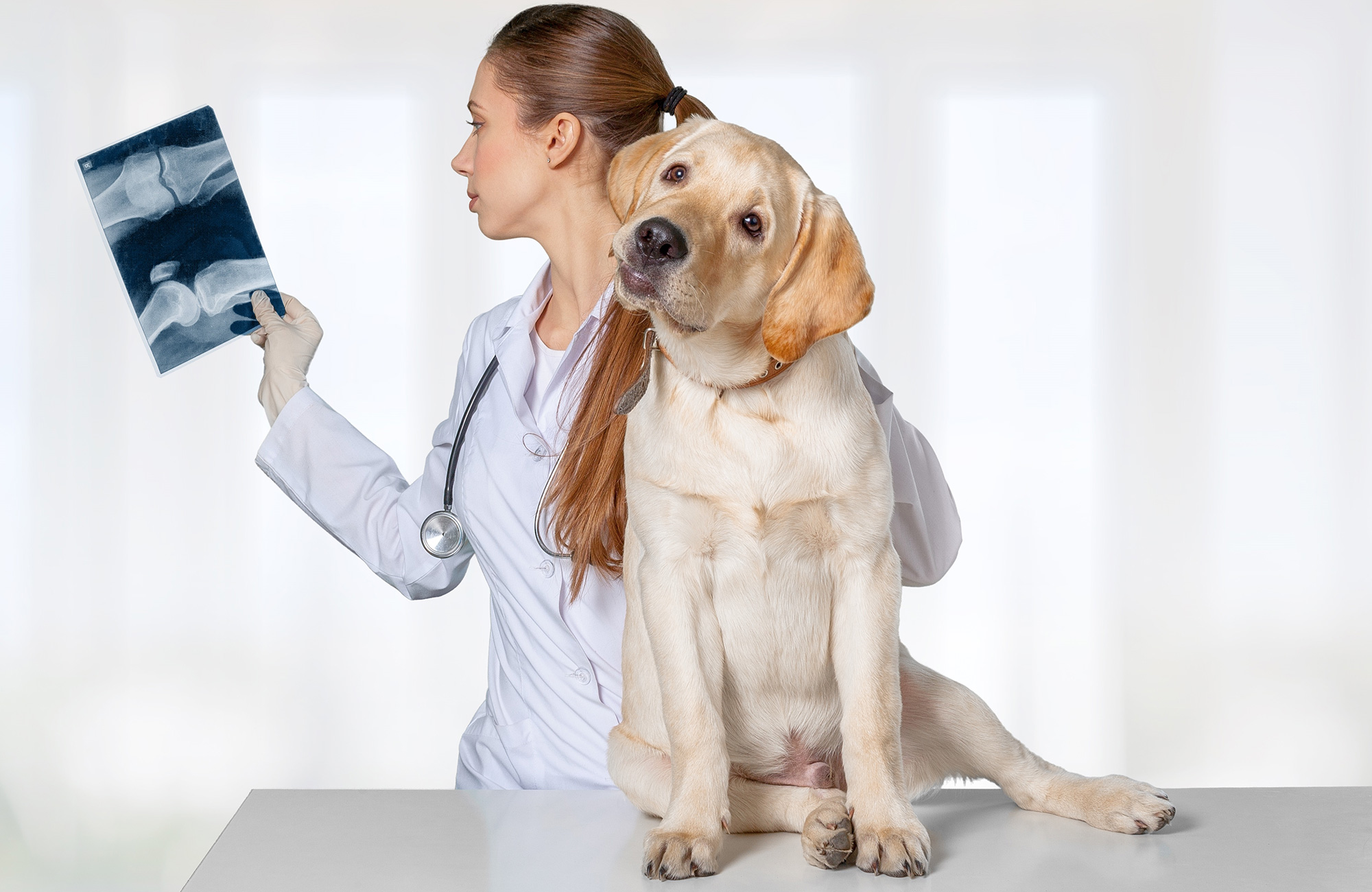Dog x-rays can be costly, but understanding the reasons behind the expenses can provide clarity:
- Veterinary Costs: Overall, veterinary care can be expensive due to the equipment and expertise required.
- Specialized Equipment: X-ray machines and related equipment are significant investments for veterinary clinics, contributing to the cost.
- Sedation Requirement: Some x-rays need sedation to ensure a dog remains still for accurate imaging, increasing the procedure’s complexity and cost.
- Dog’s Size Matters: Larger dogs may require more sedation, affecting the overall cost of the x-ray.
- Safety Assurance: X-rays are safe for dogs, involving minimal radiation exposure equivalent to natural sources.
How Much Does Dog X-Raying Cost?
The cost of dog x-rays typically ranges from $150 to $250, depending on the clinic and location. The dog’s size may also influence the required sedation amount and, consequently, the cost.

Why Are Dog X-Rays Important?
Dog x-rays play a crucial role in various situations:
- Fractures: They help diagnose and assess the extent of fractures, guiding treatment.
- Inborn Conditions: X-rays reveal genetic conditions like hip dysplasia, enabling appropriate medical management.
- Post-Surgery: X-rays monitor post-surgery recovery and healing progress.
- Detecting Abnormalities: X-rays detect growths, kidney stones, gallbladder issues, and tumors within the body.

In summary, dog x-rays provide accurate diagnostics, helping veterinarians treat injuries and conditions effectively.
Remember that while x-rays are essential, additional tests and imaging methods like ultrasounds and CT scans may be necessary for more complex cases. Pet insurance can help ease the financial burden of these diagnostics, ensuring your dog receives proper care.

Next on your reading list:












